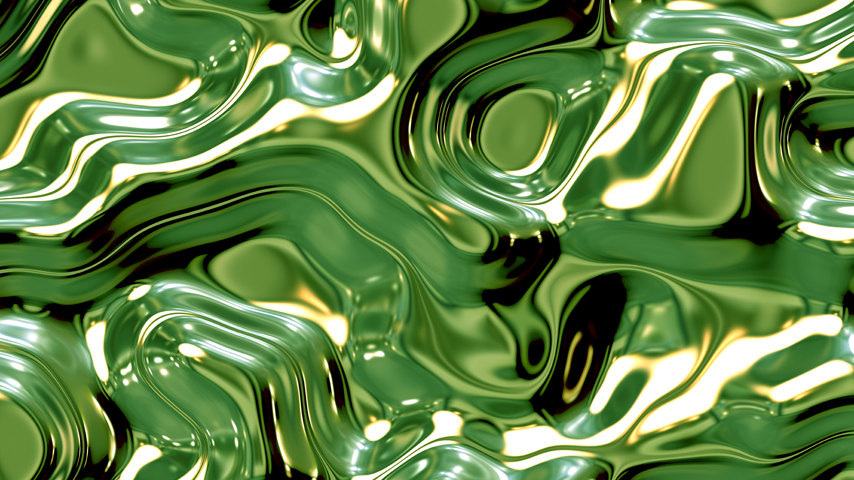Liquid-Metal Film Enables Artificial Photosynthesis
Liquid-Metal Film Enables Artificial Photosynthesis


A new method to embed photoactive semiconductors into liquid metal films offers the efficient and scalable production of hydrogen from water under solar light.
Water splitting driven by photocatalysis or photoelectrolysis is an attractive approach to produce green hydrogen. The process holds great promise for direct solar-to-hydrogen energy conversion, especially to meet carbon-neutral goals. But the process cannot be well commercialized because there is no scalable or affordable production method to make the photoactive films upon which the process depends.
To keep costs down, any scalable process must avoid the use of scarce and expensive elements and expensive fabrication methods. Current methods are either too expensive or have scale-up issues.
However, a team of scientists led by Liu Gang, a professor at the Institute of Metal Research (IMR) of the Chinese Academy of Sciences, have developed a particle-implanting (PiP) method to embed photoactive semiconductors in liquid metal films for the scalable fabrication of robust and efficient photoactive films. Testing showed that the strong semiconductor/metal interaction enabled the films to efficiently collect photo-generated charges for superior photoactivity.
Nature’s solution
Inspired by photosynthetic processes in plant leaves, Gang’s idea was to embed two types of photoactive semiconductor particles in metal matrixes to produce photoactive films.
“The two types of photoactive semiconductors perform similar tasks in the photosynthesis system, while the conductive metal film serves as a membrane that mediates directional charge carrier transfer between the two photoactive units,” Gang said. “This not only mimics the photosynthetic process for charge transfer, but also takes advantage of the embedded structure for efficient solar water splitting.”
More for You: Floating Device Cleans Water, Makes Hydrogen
Under simulated sunlight irradiation, the liquid metal-embraced photoactive semiconductor films produced 2.9 times more hydrogen than that of traditional films. The films also showed strong stability and scalability. Activity remained constant during long-term (>100 hours) continuous operation, over 95 percent even after experiencing 105 bending cycles, and about 70 percent when scaled up to 64 cm2.
This performance is thanks to the strong three-dimensional semiconductor/metal interaction, which enables efficient collection of photo-generated charges, strong architectural stability, and superior photoactivity. Another benefit of such films is that a wide range of LMP liquid metals and semiconductors can be used, while all materials used can be easily recycled via ultra-sonication in hot water, Gang added.
Become a Member: How to Join ASME
“The challenge now is to demonstrate the proposal in a facile and scalable way, because molten metals need to be shaped and embedded with semiconductor particles,” Gang said. “Based on the profound research background of our institute in metallurgy, we thought of the low-melting-point [LMP] liquid metals that can melt into liquid at low temperatures [<100 ℃] and solidify at room temperature, making it possible to use scalable PiP technology to embed semiconductor absorbers into the LMP liquid metal matrixes.”
Moving ahead
Next steps will involve mechanizing the PiP technique for the scalable fabrication of the bio-inspired photoactive films and extending their potential applications in solar-related fields, such as water purification, biomass conversion, and organic synthesis.
LMP metal-based PiP technology could be applied in fields that require anchoring functional materials on the surface or at interface for functional modifications.
“For example, liquid metal with flowability and good thermal conductivity can be used as the interface thermal conductive materials to cool down the devices, and other thermal conductive materials can be blended into the liquid metal to enhance the thermal conductivity,” Gang said. “In addition, PiP decouples the processes of semiconductor synthesis and film integration, enabling efficient assembly of various semiconductors on random substrates. All these unique features make our PiP process more favorable for future practical applications compared with previous methods.”
Mark Crawford is a technology writer in Corrales, N.M.



